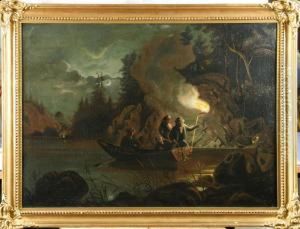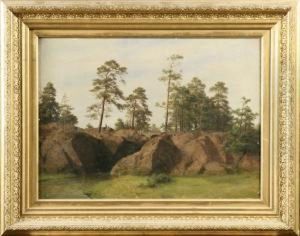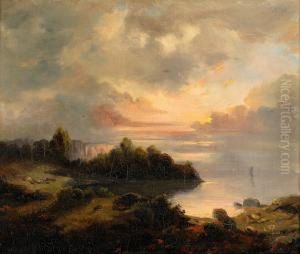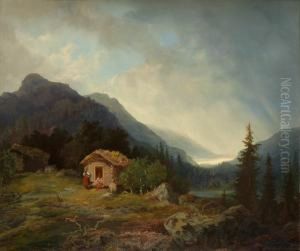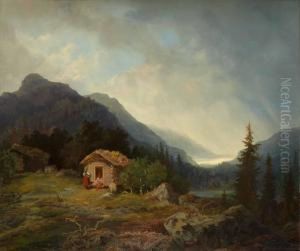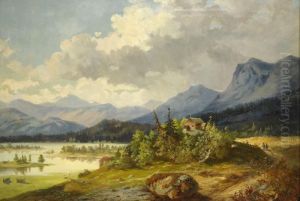Karl Xv Paintings
Karl XV, also known as Charles XV in English, was born on May 3, 1826, in Stockholm, Sweden. He was a Swedish and Norwegian king, ascending to the throne of Sweden-Norway in 1859 after the death of his father, King Oscar I. Karl XV was known for his liberal views and efforts towards democracy and reform in both Sweden and Norway, although his reign was also marked by challenges and controversies.
Karl XV pursued a number of reforms aimed at modernizing the two kingdoms. He played a significant role in the move towards parliamentary democracy in Sweden. One of his most notable contributions was the introduction of a new press law that expanded freedom of the press. He also worked towards the abolition of the guild system, thereby liberalizing trade within the kingdom. In Norway, he supported efforts to establish a more independent Norwegian church.
Despite his progressive views, Karl XV's reign was not without criticism. His foreign policy was often regarded as weak, and he failed to gain significant support among the nobility and the more conservative elements within his kingdoms. His personal life, including his extramarital affairs, also attracted public attention and controversy, which sometimes overshadowed his political initiatives.
Karl XV was also an accomplished artist and poet, showing a keen interest in the arts throughout his life. He contributed to the cultural life of Sweden and Norway, patronizing artists and writers and engaging in painting and writing himself. His artistic and literary output reflected his romantic view of Nordic history and nature, adding a personal layer to his public persona as a king.
King Karl XV died on September 18, 1872, in Malmö, Sweden, leaving no male heir. He was succeeded by his brother, Oscar II. Despite the mixed legacy of his reign, Karl XV is remembered for his cultural contributions and his efforts to steer Sweden and Norway towards a more democratic and liberal era. His reign marked a transitional period in Scandinavian history, bridging the gap between old monarchic traditions and the modern parliamentary systems that would eventually take root in both countries.
